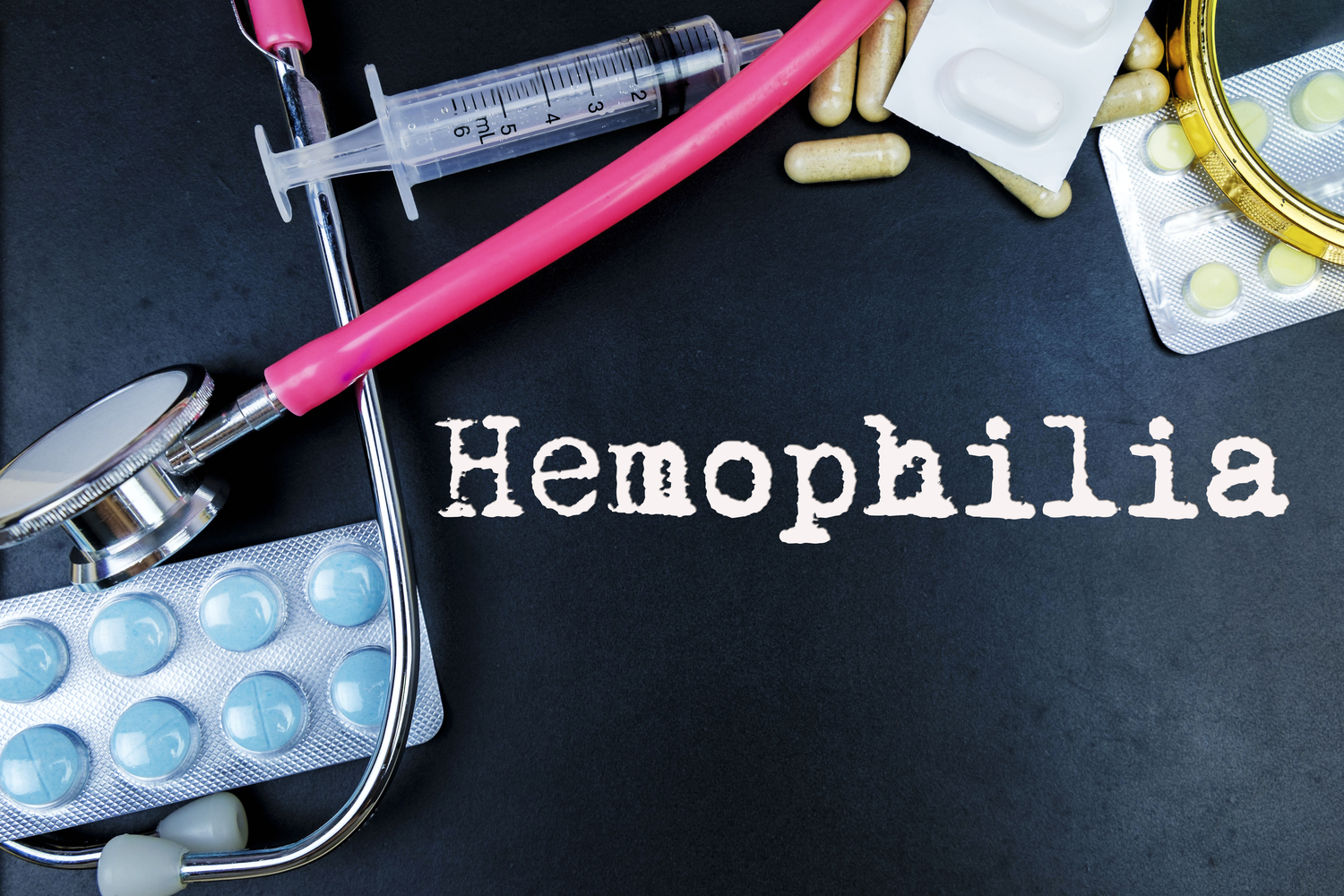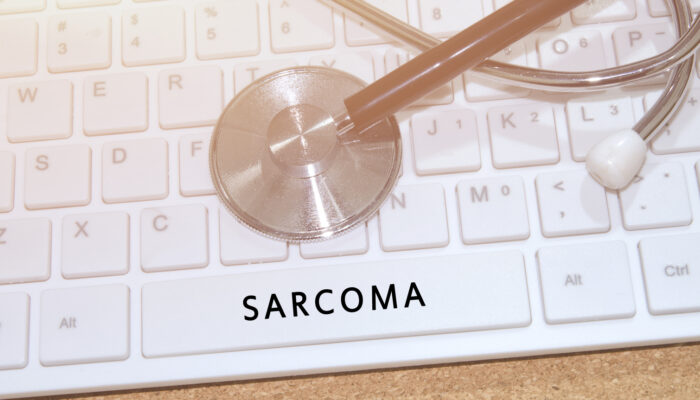
Treatment for different types of hemophilia
Hemophilia A and B are hereditary conditions and affect young children and men more than women. Screening at birth and frequent screening can ensure that one is aware of the risks and can protect their families accordingly. There is no cure yet for the condition and treatment focuses on controlling the bleeding and improving associated symptoms that are caused by hemophilia.
A family tree, DNA test or a blood test will confirm if one is a hemophilia carrier. For those who are known carriers of hemophilia, tests for their newborn will be done at birth wherein blood may be drawn from the newborn or its umbilical cord. After this, coagulation tests done in certified laboratories are recommended. Based on the test results, doctors will work out a treatment protocol or advise a set of precautions that has to be followed to safeguard the child from preventable injuries and trauma.
As there is no permanent cure yet for any type of hemophilia, the doctors begin treatment intending to improve or increase the clotting factors, stop the continuous bleeding, and reduce pain, dizziness, or seizures. The treatment also attempts to stop and prevent other complications that arise from bleeding. It is also crucial that any internal bleeding is diagnosed early and treated accordingly. Accumulated blood can lodge in the soft cell tissue, muscles, joints and result in pain, swelling, nerve, and joint damage and arthritis.
Symptoms and treatments of hemophilia
Symptoms of hemophilia
Some of the common symptoms of hemophilia are blood in the urine, frequent nosebleeds, pain in the joints, deep bruises, bleeding gums, blood in the stool, vomiting, headaches, doubled vision, and irritability, among others.
Treatments for hemophilia
- Medication
Doctors usually prescribe pain relievers to ease the pain resulting from hemophilia. It is crucial to take medication only as per the dosage prescribed. If one is taking any other medication for other health issues, they should share specifics with the doctor as some medications can prevent clot formation. - Factor replacement
One of the immediate treatments for hemophilia is to replace the deficient clotting factors that cause bleeding. Some clotting factor concentrates are available in a powder form. This is mixed with water and then injected into the affected person. Clotting factors are also isolated from blood donated by humans. The isolated factor runs through several checks, is tested for purity, and is then injected through the vein. Treatment for hemophilia only after there is an external or internal bleed and not as a precautionary or a preventive measure. Once the factor is injected, it circulates in the blood so it can be absorbed, resulting in the bleeding to stop. The blood, which had leaked into the cells and tissues, goes back into the bloodstream and all symptoms improve gradually. It might take some time for symptoms to improve totally. The doctors might prescribe additional medication to help speedier recovery after injecting clotting factors.
Along with medication, doctors advise complete rest, healthy food, cold compress to nurse the pain, etc. If a limb has been affected, doctors tend to prescribe to give rest and the use of crutches or slings as required. The affected part of the body must get complete rest to avoid the risk of bleeding in the same place again. There is new research going to develop clotting factors that last longer. It is believed that bone marrow transplant may be a cure for many blood-related disorders, including cancer. However, it is still in the stages of being developed and cannot be relied on at present.



